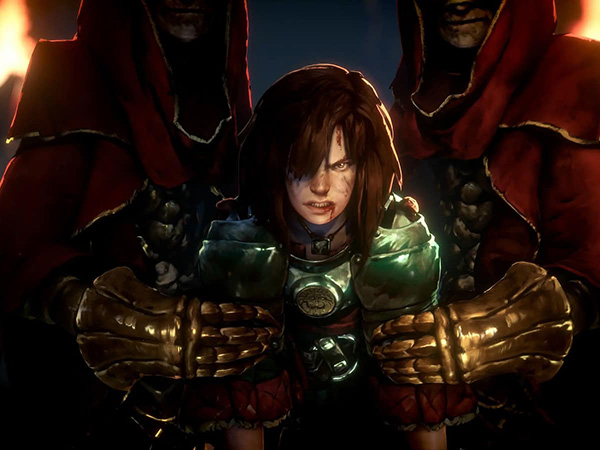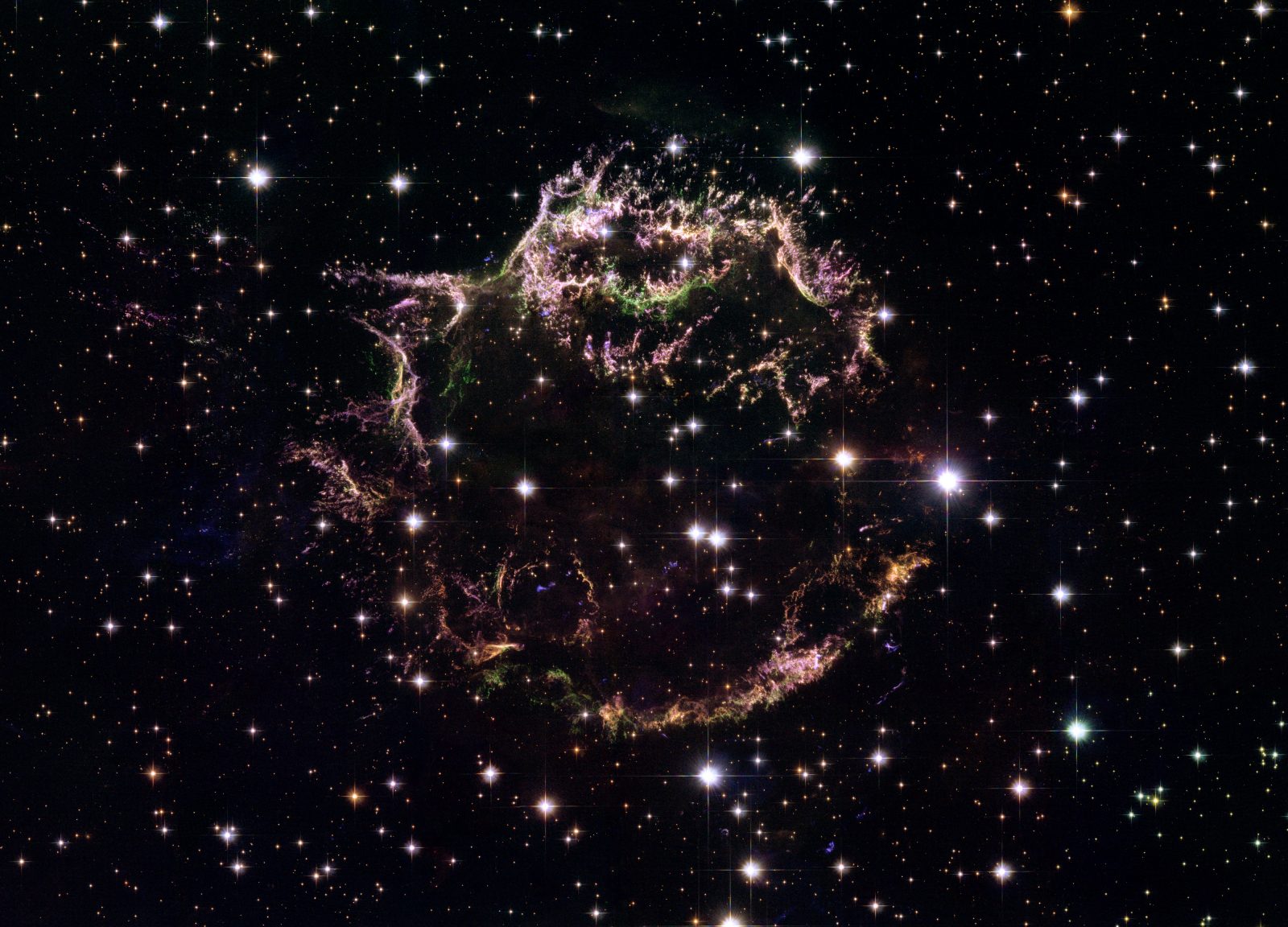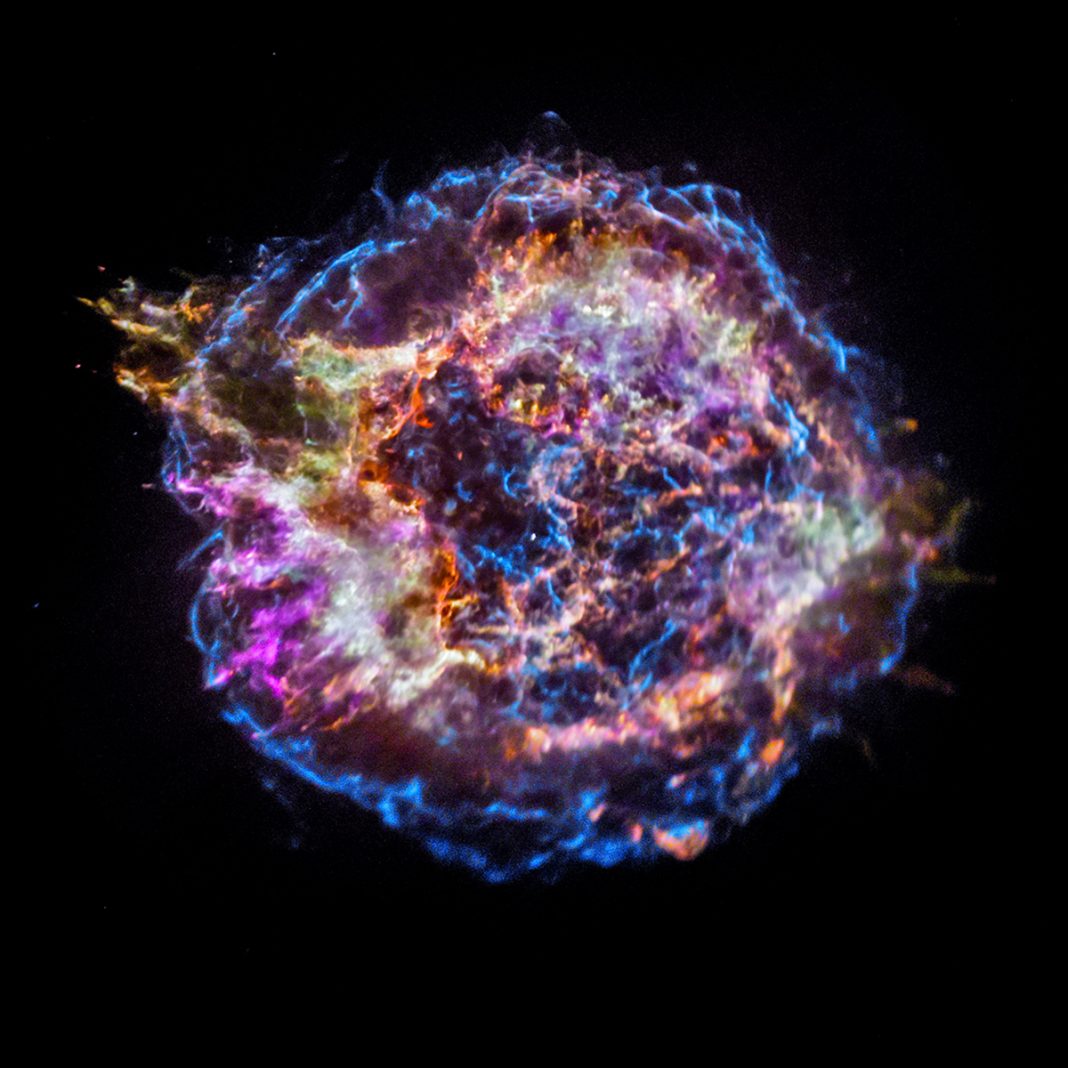Cassiopeia A is the smallest supernova remnant in our galaxy, spanning about 10 light-years across.
By comparing images taken with the James Webb Space Telescope and previous images with the Hubble Space Telescope, it becomes clear just how much detail the earlier space telescope reveals thanks to its infrared instruments: it shows the composition and location of material scattered afterward. Supernova explosion in a whole new light.
The formation in the constellation Cassiopeia is the imprint of the destruction of a former star: the celestial body reached the end of its life in a supernova explosion, and then some of the ejected material collided with surrounding gas and dust particles. In JWST recordings, these colors appear orange and red nominate during subsequent coloring work, so that they can better distinguish it from other items of different compositions. The pink parts represent stellar remnants containing oxygen, argon and neon, while the green structure, which astronomers have dubbed the Green Monster, consists of strange bubbles whose exact origins have not been revealed by researchers.
The remnant of the supernova explosion is located about 11,000 light-years from Earth, and the explosion occurred 340 years ago from Earth’s perspective, which means that the formation is the youngest of its kind. Astronomers have studied this phenomenon in depth before, but the James Webb Space Telescope’s MIRI (Medium Infrared Instrument) images show the distribution and composition of matter with unprecedented precision.
From Hubble 2006 composite image It paints a completely different picture of what is happening in the sky, although in the case of the Hubble recording, scientists used colors in a different way: here green details indicate the presence of oxygen, red and purple indicate the presence of sulfur, and blue indicate the presence of hydrogen and nitrogen.
In addition to the above, the Chandra X-Ray Observatory is also the X-ray telescope of Cassiopeia A registered The recordings also show a very colorful picture of the phenomenon, but compiled from a set of many separate images, which indicate the amount of iron, sulfur, silicon and calcium.
(Image: NASA/CXC/Sao, NASA/ESA/Hubble Heritage (STScI/AURA) -ESA/Hubble Collaboration, NASA/ESA/CSA, DDMilisavljevic (Purdue), Temim (Princeton), I.De Looze (Ghent) University) )














































